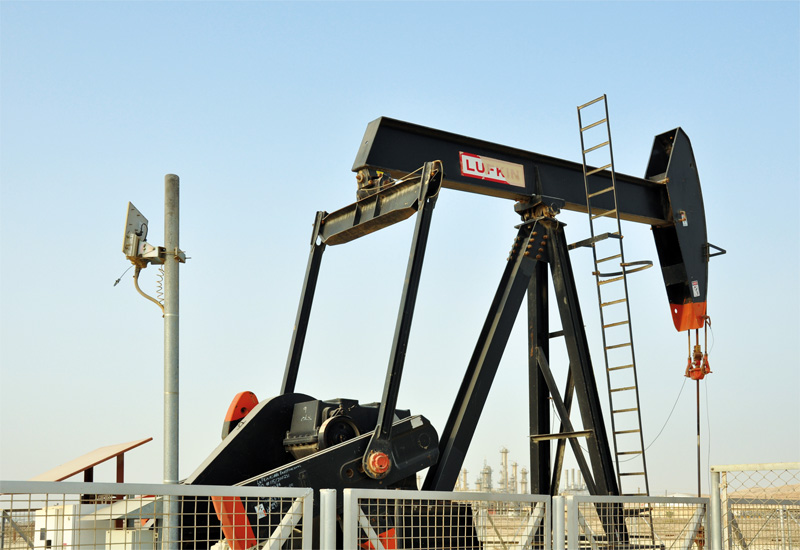Deep Casing Tools, the Aberdeen-based casing and completion technology specialist, has conducted the first commercial run of a 5” Turborunner in Oman.
The tool successfully landed 4,500m of 4 1/2” liner in an essentially vertical well, which included doglegs around a drilling fish. The Turborunner was activated, and reamed the liner through the collapsed hole. The operation took only 16 hours, following several conventional attempts to get the liner to total depth.
Due to persistent wellbore problems, Petroleum Development Oman (PDO) decided to run the 5” Turborunner with a 4½” liner. The sandstone formation was known to be problematic and unstable and the hole liable to degrade over time. The Turborunner™ was used to ream the last 18 joints of liner through this challenging zone, re-establishing a 5 7/8” gauge hole in order to land the 4½” liner. Cementing operations were then completed as normal.
The Turborunner is a total reaming system, comprising both a high-speed motor and a reamer shoe. This enables the operator to ream through trouble zones, without the inherent risks of rotating the string from the surface. This reaming operation is done at the same time as running the completion, eliminating the need for wiper trips. The system operates simply by circulating drilling, or completion fluids, and works with low flow rates and low pressures.
Landing the liner on depth is the first requirement to maximize production and reserves. Avoiding wiper trips reduces non-productive time and also reduces the additional damage to the formation and the risk of wellbore collapse. Running a completion string, or a liner, with a built in high speed motor reamer system is a step change for the industry.
Deep Casing Tools CEO, Lance Davis, said: “This is the first time we have run the Turborunner both in Oman and for PDO, and we have successfully landed the liner at target depth proving our technology for potential future applications. This is another achievement for Deep Casing Tools in the Middle East and highlights our continued growth in the region.”




